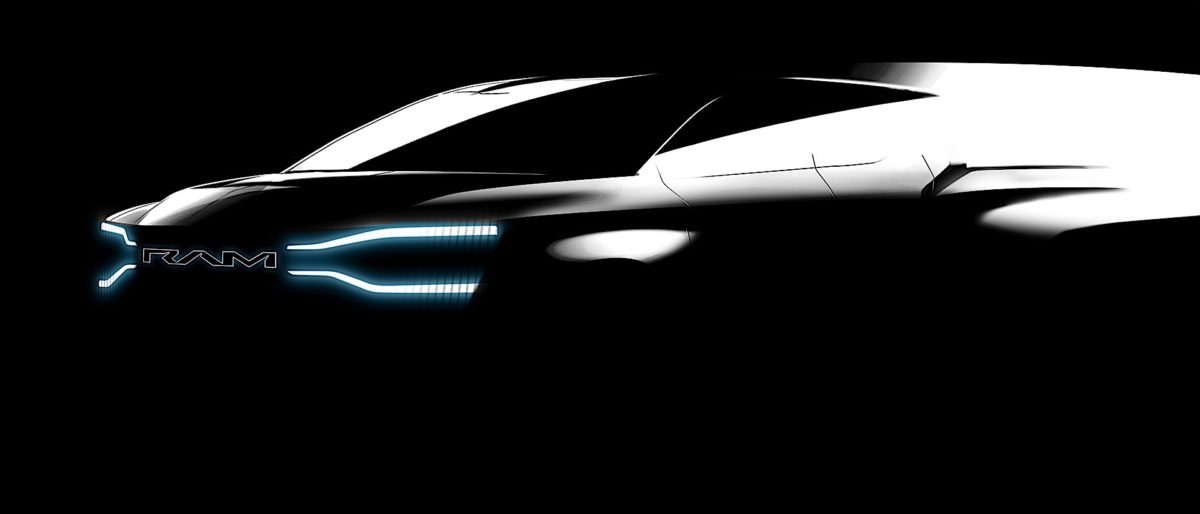Stellantis has unveiled its Dare Forward 2030 plan, which aims to put the company at the forefront of the fight for climate change. This will see it reach carbon neutrality by 2038 and is already aiming to cut its emissions by 50 percent in 2030. Part of the plan is to increase battery-electric vehicle sales by 100 percent in Europe and 50 percent in the United States. Globally, the company aims to introduce more than 75 BEVs and grow sales to five million units by 2030. In the U.S. alone, Stellantis will introduce 25 new BEVs including the all-electric Promaster and Ram 1500 and Jeep’s first electric SUV.
“Dare Forward 2030 inspires us to become so much more than we’ve ever been,” says Carlos Tavares, CEO of Stellantis. “We are expanding our vision, breaking the limits, and embracing a new mindset, one that seeks to transform all facets of mobility for the betterment of our families, communities, and the societies in which we operate.” Stellantis aims to offer a broad range of BEVs from affordable ones to luxury and performance models.
To achieve its goal, Stellantis will confirm its EV Day and Software Day commitments. That means its vehicles will transition to the STLA platforms and use the STLA software and cockpit systems. The company also aims to increase its planned battery capacity to 400 GWh from the initial 140 GWh. In addition to battery-electric powertrains, Stellantis is investing in hydrogen fuel cell systems for commercial vehicles. It is expected to introduce them on its vans starting in 2024. In 2025, Stellantis will start selling fuel cell commercial vehicles in the U.S. and will gradually expand the powertrain’s availability to heavy-duty trucks.
Social and environmental responsibility is also crucial to the Dare Forward 2030 plan. In addition to cutting emissions by a significant amount, Stellantis aims to create a circular economy dubbed “cradle-to-cradle” business unit and is aiming for top rankings for customer satisfaction across its products and services. The company also revealed that 35 percent of leadership roles will be held by women, and is aiming to attract more talent by improving its attractiveness as an employer. It also plans to increase the value of its vehicles by selling them online via a digital marketplace to simplify the buying process.
For North America, four brands will spearhead Stellantis’ electrification offensive as outlined on a graph it released on Twitter. Ram will cover light-duty trucks and commercial vans beginning with Promaster BEV in 2023 and Ram 1500 BEV in 2024. Jeep will continue to focus on SUVs, splitting them between off-road-oriented ones and family-focused models. Expect them to offer the same capability as its current models. Dodge will focus on performance vehicles with its first all-electric muscle car arriving in 2024, the same year as Jeep’s first electric SUV and the Ram 1500 BEV. A concept will be shown sometime next year previewing the production model. Finally, Chrysler will be the last brand to move toward its electrification as its first BEV is expected to arrive in 2025 and will likely be the production version of the Airflow Concept. Chrysler’s transition will be the quickest because it will be fully electric by 2028, three years after its first BEV arrives.
